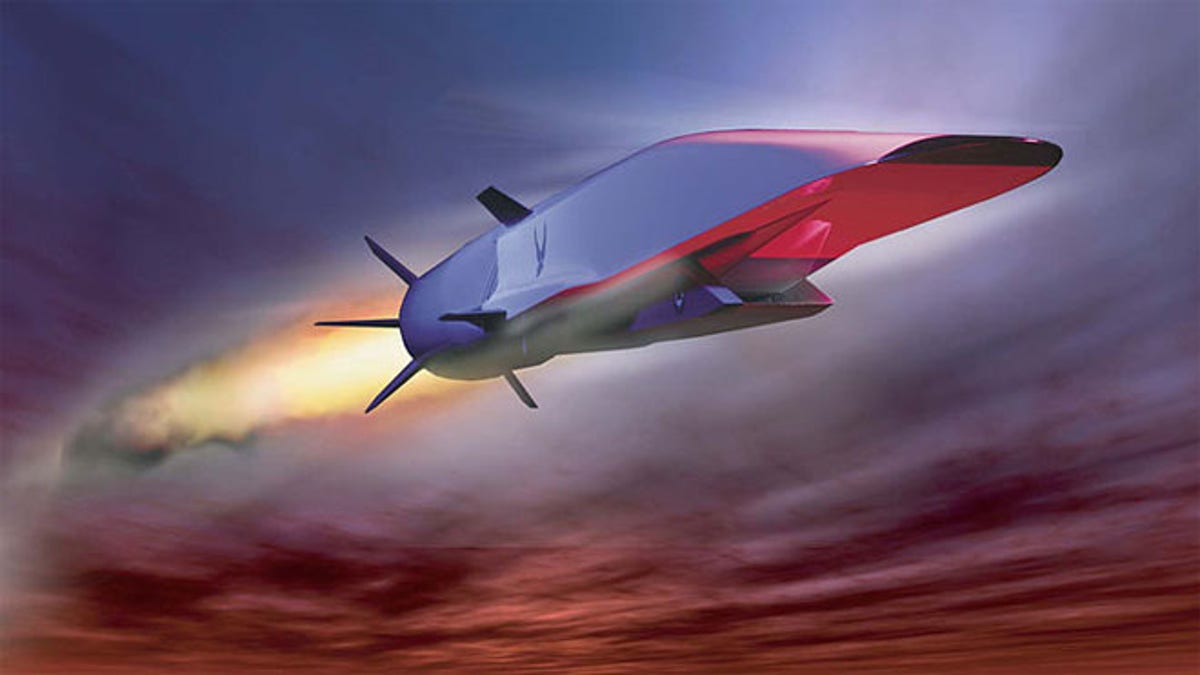
Artist's concept of the X-51A WaveRider during flight (U.S. Air Force)
The U.S. military said Wednesday it is planning another unmanned hypersonic flight in the wake of a failed attempt.
The flight, scheduled for next spring or summer, would be the fourth test of the experimental X-51A Waverider designed to reach Mach 6, or 3,600 mph, after being dropped by a B-52 bomber.
The Air Force has been studying hypersonic technologies with the hopes of deploying fast strikes around the globe.
Two months ago, a problem with a control fin during the third flight caused an X-51A to lose balance and crash off the Southern California coast.
Though the aircraft successfully detached from the B-52 and ignited its rocket booster to fly to Mach 4.8, it became unstable and did not activate its exotic scramjet engine - considered the key feature of the test.
- Windows 8: Make-or-break moment for Microsoft CEO
- ‘Space buddha’ statue may be a fake
- Review: Windows 8 a daring vision of the future — but are you ready?
- Eco-grenades to drones: World offers high-tech military gear to US Army
- The Hypersonic X-51A WaveRider
- Inside the Air Force’s 13,000-MPH Hypersonic Plane
An investigation ruled out software or power failures. Signs point to a "random vibration issue," though more work is needed to pinpoint the exact cause, said program manager Charlie Brink at the Air Force Research Laboratory at Wright-Patterson Air Force Base in Ohio.
None of flights so far has reached the intended goal of six times the speed of sound. During the first flight in 2010, an X-51A flew near Mach 5 for three minutes. A test flight last year ended prematurely with an X-51A unsuccessfully trying to restart its engine.
Brink said he expected the military to continue hypersonic flight research after next year's final flight but did not get into specifics.
